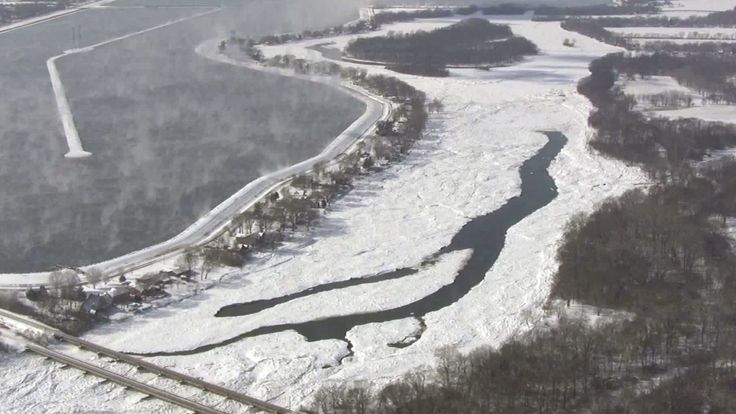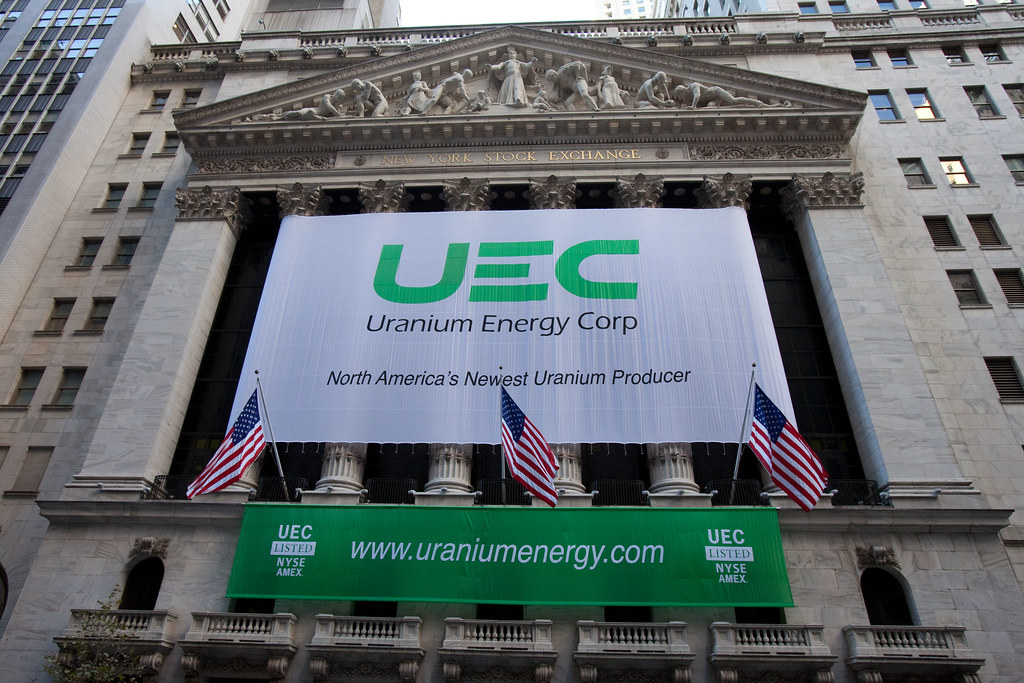
A committee of Pueblo, Colorado community members has recently recommended the replacement of the beleaguered Comanche 3 coal plant with advanced nuclear technology. The Comanche 3 plant, plagued by mechanical and operational issues, is set to close by the beginning of 2031. This recommendation comes as part of an effort to revitalize Pueblo’s energy landscape, addressing both environmental concerns and the economic impact of the plant’s closure.
The Advisory Committee’s Recommendations
The Pueblo Innovative Energy Solutions Advisory Committee, in its recently released report, emphasized the potential benefits of advanced nuclear technology as the top choice for replacing the Comanche 3 coal plant. The committee proposed that modular nuclear units could not only address the community’s energy needs but also contribute significantly to job creation and tax revenue for local governments.
According to the report, building small nuclear modular units at the site could provide 200 to 300 jobs with a salary range of $60,000 to $200,000. Furthermore, the tax revenue for local governments is estimated to be an impressive $95.29 million annually. These economic incentives play a crucial role in mitigating the losses Pueblo will face due to the closure of the coal-fired power plant.
Xcel Energy’s Perspective
Xcel Energy-Colorado, the utility company overseeing the transition, is open to considering the committee’s recommendations. Robert Kenney, president of Xcel Energy-Colorado, expressed support for nuclear power, highlighting its safety, zero-emission nature, and its potential inclusion in the upcoming resource energy plan in 2026.
Kenney emphasized that nuclear power doesn’t release greenhouse gases and is a viable option for Pueblo’s energy future. He acknowledged that the committee’s proposed advanced nuclear technology aligns with Xcel Energy’s overall commitment to exploring sustainable and efficient energy sources.
Differing Opinions and Concerns
However, not everyone is on board with the idea of nuclear power as the savior for Pueblo’s energy transition. Critics, particularly members of coalitions focused on climate change and opposed to nuclear power, argue that accidents, while infrequent, can have catastrophic consequences. Velma Campbell and Jamie Valdez, Pueblo residents and members of anti-nuclear and climate justice groups, also pointed out the environmental impact of mining uranium and transporting it for nuclear fuel.
Criticism of the Advisory Committee Process
The committee’s recommendations have not been without controversy. Critics, including Campbell and Valdez, raised concerns about the lack of public input during advisory committee meetings and the exclusion of grassroots organizations as members. They argue that a more inclusive process would have allowed for a broader range of perspectives to be considered in this pivotal decision.
Sara Blackhurst, executive director of Action 22, a public policy group for 22 southern Colorado counties and a member of the advisory committee, defended the process. She claimed that some nuclear power opponents hindered early conversations by avoiding certain topics, characterizing these actions as an obstruction to the crucial dialogue about Pueblo’s energy future.
As Pueblo faces the imminent closure of the Comanche 3 coal plant, the community stands at a crossroads in determining its energy future. The Advisory Committee’s recommendation to explore advanced nuclear technology as a replacement presents both economic opportunities and environmental concerns. The ensuing discussions, involving various stakeholders with differing perspectives, will shape the trajectory of Pueblo’s transition to a more sustainable and resilient energy landscape. The decision to embrace nuclear power reflects a bold step towards innovation, but it also requires careful consideration of the potential risks and the broader implications for the community’s well-being.







